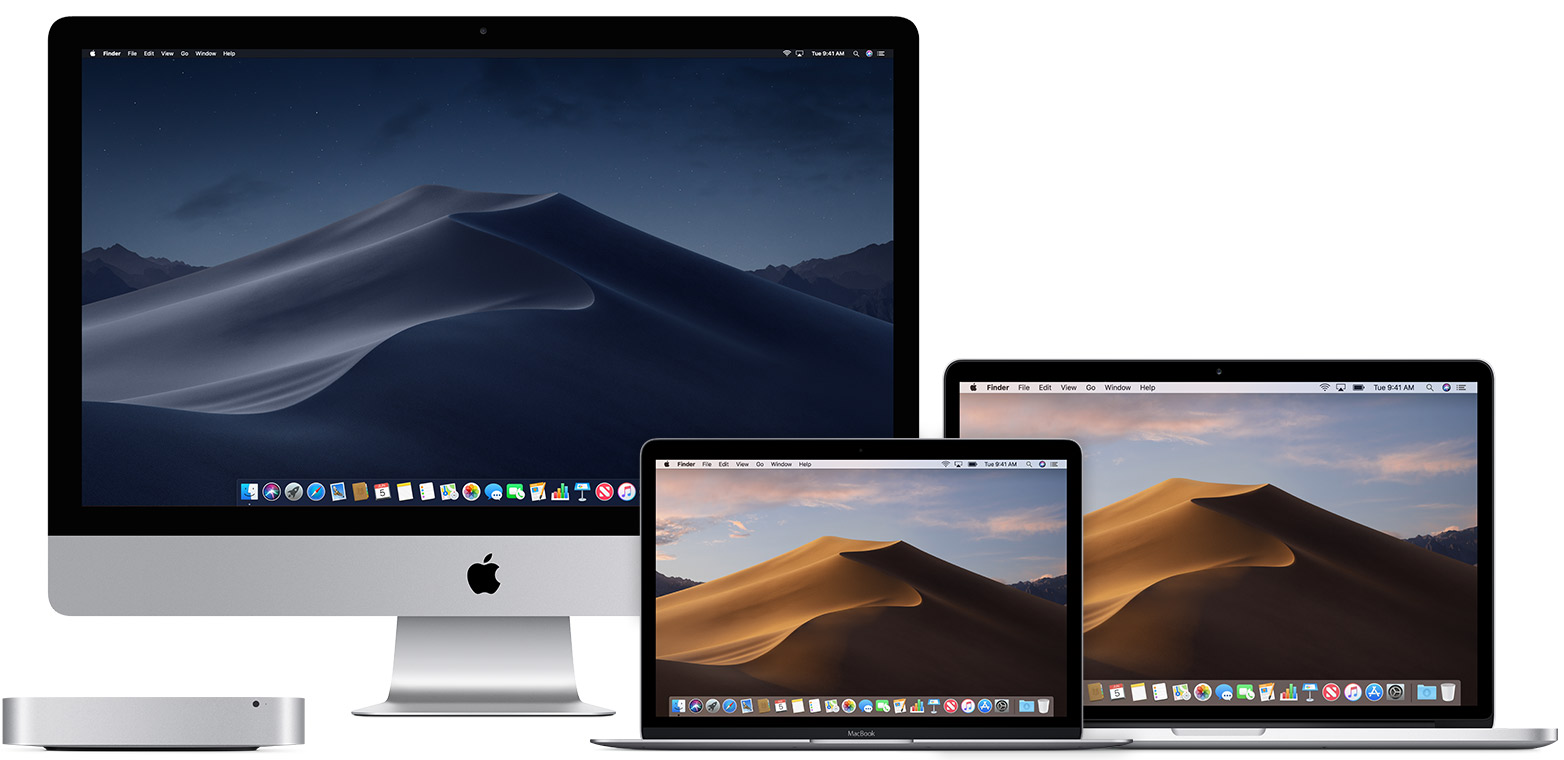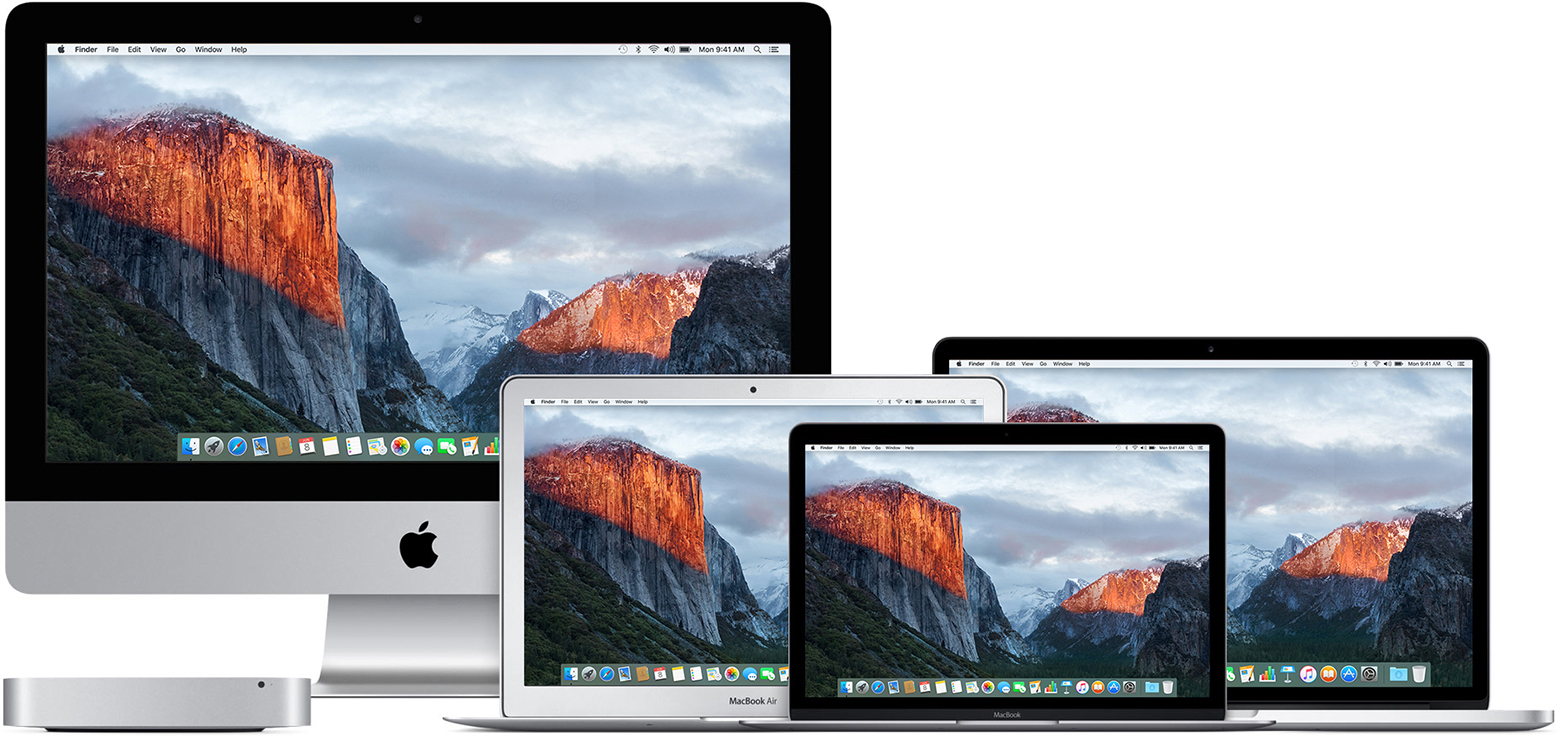Hello everyone! I just really need a Mac OS X Yosemite.app Installer for SFOTT. PLEASE I SEARCHED FOR HOURS AND FOUND NOTHING! Please comment the. OS X 10.10, aka Yosemite, sports a more modern look and bridges the gap between Apple's desktop and mobile devices. The new Continuity helps you hand off tasks from iPhone to iPad to Mac, but that.

Jan 25, 2015. When Apple releases a new version of macOS, the old version is removed from the Mac App Store. This has been the way major OS updates have been handled by Apple since the release of Mountain Lion. If you have previously downloaded an older version. OS X Yosemite (/ j oʊ ˈ s ɛ m ɪ t iː / yoh-SEM-it-ee) (version 10.10) is the eleventh major release of OS X (now named macOS), Apple Inc.' S desktop and server operating system for Macintosh computers. OS X Yosemite was announced and released to developers on June 2, 2014, at WWDC 2014 and released to public beta testers on July 24, 2014. Yosemite was released to consumers on October 16.
Lesson 3: Upgrading to OS X Yosemite
/en/macosxyosemite/new-features-in-os-x-yosemite/content/
Upgrading to OS X Yosemite
If you're thinking about upgrading to Yosemite, you'll need to make sure your computer meets all of the software and hardware requirements. Here are the things you'll need to have:



- Apple Macintosh computer (Mac): Generally, you'll need to have a Mac in order to install OS X Yosemite. Installing Yosemite on a PC is possible, but it requires more advanced techniques.
- OS X Snow Leopard, Lion, Mountain Lion, or Mavericks: If you are using an older version of OS X such as Leopard, you will need to upgrade to Snow Leopard (version 10.6.8) before upgrading to Yosemite.
- Internet access: To install Yosemite, you will need to download it from the Mac App Store, which requires a working Internet connection. Yosemite is not available on CD or DVD.
- Hardware requirements: Your Mac will need to meet certain processor, memory, and hard drive requirements to install Yosemite. Below are the models that can be upgraded:
- iMac (mid-2007 or newer)
- MacBook (late 2008 Aluminum or early 2009 or newer)
- MacBook Pro (mid/late 2007 or newer)
- MacBook Air (late 2008 or newer)
- Mac mini (early 2009 or newer)
- Mac Pro (early 2008 or newer)
- Xserve (early 2009)
For a full list of hardware requirements, view the OS X Yosemite How to Upgrade page.
Viewing information about your Mac
To upgrade to Yosemite, you'll need to know what type of hardware your Mac has, as well as which version of OS X you are using. Then you can compare it with the requirements above to decide whether you'll be able to upgrade. On a Mac, all of your system information is visible from the About This Mac window.
- Click the Apple icon in the top-left corner of the screen, then select About This Mac.Selecting About This Mac
- A window will appear that shows information about your hardware and software.
Software compatibility
In order for software to work, it must be compatible with the operating system; therefore, you may not be able to use all of your existing software if you switch to a different operating system. Before you switch, ask yourself if there's any software that you can't do without. Then conduct some research to find out if it is compatible with Yosemite.
Upgrading from earlier versions of OS X
If you are upgrading from an earlier version of OS X, most of your apps should still work. However, it's possible that some might not. A simple Google search will often be enough to tell if an app will be compatible in Yosemite.
Os X Yosemite App Store Not Working
Switching from Windows to OS X
Some PC software will not work in OS X, but there may be a Mac version you can buy or download. For example, Microsoft Office 2013 does not run in OS X, but you can buy Microsoft Office for Mac to view and edit your documents. However, not all software has a Mac version, and you may need to do some research to find out if there are Mac versions for your most important programs.
Installing Windows on a Mac
If you absolutely need to use PC software and there isn't a Mac version, you can use a feature called Boot Camp. Boot Camp comes pre-installed in OS X, and it allows you to install Windows on your Mac (if you have the Windows installation discs). You can then install any PC software you need.
The main disadvantage of Boot Camp is that you have to restart your computer whenever you want to switch between OS X and Windows. If you need to run PC and Mac software at the same time, you will need to buy additional software such as Parallels or VMware.
Installing OS X Yosemite
OS X Yosemite is free to download and install if you have already have Snow Leopard, Lion, Mountain Lion, or Mavericks. If you have an earlier version, you may be able to buy and install Snow Leopard, which will then allow you to download Yosemite; you'll first need to make sure your hardware will support Yosemite. For more information, contact an Apple retailer or call (800) MY-APPLE (in the United States).
About the Apple ID
In order to download Yosemite, you'll need an Apple ID. The Apple ID is used to sign on for many different Apple services, including the Mac App Store, iTunes Store, and the Apple Online Store.
You may already have an Apple ID, especially if you've purchased music from the iTunes Store or owned a Mac before. If you don't have an Apple ID, you can create one when you download Yosemite. You will need to provide some personal information, such as your mailing address and credit card number.
Mac Os After Yosemite
If you don't have an Apple ID, you can read our guide to Creating an Apple ID for more information.
To download and install OS X Yosemite:
- Click the App Store icon on the Dock. The App Store will open.
- Locate and select OS X Yosemite, then click Free Upgrade.
- Type your Apple ID and Password to sign in. If you don't have an Apple ID, click Create Apple ID and follow the steps on the screen to create one.Creating a new Apple ID
- Once you've entered your Apple ID, your computer will begin downloading Yosemite. This may take several minutes or longer, depending on the speed of your Internet connection.
- After Yosemite has finished downloading, follow the instructions on the screen to install it.
Moving your files from another computer
Yosemite makes it easy to transfer all of your files to your new Mac using the built-in Migration Assistant. It lets you choose which folders and accounts you want to copy, and it can then transfer the files using an external hard drive, an existing home network, a FireWire cable, or an Ethernet cable. Migration Assistant can also transfer files from a PC to your new Mac.
If you are using a brand new Mac, the Migration Assistant will appear when you first turn on the computer. If you would prefer to run it later, you can get to it by opening Launchpad and clicking the Utilities folder. Alternatively, you can search for it with Spotlight by clicking the magnifying glass icon in the top-right corner of the screen.
For full instructions on migrating your files, view the Migration Assistant page on the Apple website.
The App Store only shows updates for the OS you are using at the moment, in your case Yosemite 10.10.5.
If you want to go to another newer OS that is called an upgrade. This can be done through the App Store using the following link.
Reinstall Os X Yosemite App Store Temporarily Unavailable
High Sierra is the last/ newest OS your Mac can use. Scroll down to Section 4 and click on Get macOS High Sierra.
Make a full back up of your Mac before upgrading.
Install Os X Yosemite App
Check to see with the developers of any third party apps you use that there are updates available so they will continue to work in the new OS. Another thing you need to check is if any printers/ scanners etc you use have updated drivers and software so they too can continue to function in the new OS.
Feb 3, 2019 11:15 PM

